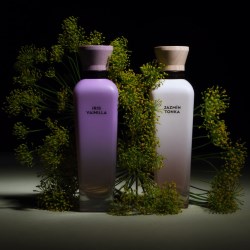Life-cycle assessment data can seem like a lot of meaningless numbers. Quadpack Sustainability Champion Lyne Hélène Bouchard demystifies environmental analyses
Beauty brands are starting to have access to sustainability data of packaging solutions to help them make more informed choices, thanks to companies like Quadpack evaluating their products and sharing the results. Since 2023, the products in Quadpack’s catalogue come complete with Environmental Reports based on life-cycle assessments (LCAs). Now, brands are faced with the challenge of turning this scientific data into meaningful information. So let’s take a look at a real example from Quadpack’s best-selling Regula range: the 30ml Regula Airless Refill in PP/PET. Here is its Environmental Report, as presented in the catalogue, alongside other material options.
What does this all mean?
While Quadpack measures 22 attributes, from marine and terrestrial litter potential, to cumulative energy demand, our Environmental Reports give a summary of three key attributes:
• Water use volume – The amount of water (H20) used throughout the component’s lifetime, measured in kilolitres, or kL. Ideally, no water is used at all, so the target is 0.
• Carbon footprint – The weight of greenhouse gas emissions (GHG), equivalent to the weight in kilograms of carbon dioxide emissions, expressed as ‘kg CO2 eq’. The target is 0 (carbon neutral), so the lower the figure, the better.
• Circularity – Overall impact on the environment, considering all attributes collectively, including reusability, recyclability, biodegradability and use of recycled materials. A product that is entirely circular has a circularity index of 1.
The data collected considers the entire life of the pack, from material obtention, through conversion and use, to its end of life; in other words, from cradle to grave – or cradle to cradle in the case of fully circular products.
LCA data of Regula Airless Refill 30ml bottle in PET
These reports give data per component. Adding the figures for each component gives you the data for the full pack but, as they are proportional to the weight, for now, we’ll just look at the bottle, which includes data for the outer bottle and refill. The data for Regula Airless Refill 30ml bottle in PET shows the water use volume of the bottle assembly is 0.0158 kL H2O, its carbon footprint is 0.1500 kg CO2 eq and its circularity is 0.48. That’s pretty good. Or isn’t it? What do these figures actually mean and how do you know if they are good or not?
Setting a baseline
The main driver in this exercise is to reduce environmental impact, so the next step is to choose a ‘standard’ product with similar characteristics. This gives you a baseline against which to compare. Many 30ml airless packs on the market are made of SAN, so let’s look at the impact data for the same component in SAN.
As you can see, the water use volume of the bottle is 0.021 kL H2O, its carbon footprint is 0.2800 kg CO2 eq and its circularity is 0.039. Comparing like for like, switching from SAN to PET version shows water usage reduce by 25%, GHG emissions drop by 46% and circularity improve by a factor of 12. This is thanks to the use of recyclable materials (PP and PET) and the fact that, being refillable, it can be reused.
What if you add PCR?
If post-consumer recycled (PCR) material is included, impact reduces even further, as is shown in the same Environmental Report.
In the PCR version, the water use volume is 0.0123 kL H2O, 29% less than the PET version and 41% less than the SAN baseline. Its carbon footprint is 0.1200 kg CO2 eq, 57% below the SAN. Circularity is 0.66, 17 times greater than the SAN, thanks to a strong combination of the key attributes: recyclability, reusability and recyclable materials.
PIP rating: a visual guide
To make it easy, Quadpack’s PIP (positive-impact packaging) ratings system assigns each product with a ‘Minimal’ (red), ‘Intermediate’ (yellow), ‘Advanced’ (light green) and full PIP (dark green) rating. In this example of Regula Airless, we go from red (SAN) to green (PET refill and PCR PET refill).
What happens when consumers refill?
Remember that LCA figures are for a single component of a single product. To calculate the impact of one whole pack, you need to add up the components’ data for each parameter. The table below shows how, with refillable packaging, the full product’s overall impact reduces with each additional cycle of use. The data for multiple cycles reflects the sum of the components that are kept, plus the number of refill cartridges used throughout the life of the product, divided by the total number of uses. Note that this data is not included in the Environmental Reports as standard, but can be provided on request.
It is clear that the environmental impact improves dramatically the more times a product is reused; even more so in a product containing PCR. We go from a 0.06 circularity index for the SAN baseline product to 0.47 for the PET product used twice. The index increases to 0.72 for the PCR PET product used five times (ie, initial product plus four additional refill cartridges), an improvement of 1,100%!
Real-life equivalents
To further make sense of the data, we need to consider that no brand buys one single packaging solution and that the idea is that consumers actually refill a refillable product. So, if we compare the carbon footprint of the full SAN pack used once, against the full PET pack used twice, we come to 0.3900 and 0.2160kg CO2 eq, respectively. Multiply that by the order quantity, say, 20,000 units produced, and you get 7,800 and 4,320kg CO2 eq. The reduction in carbon footprint from switching from SAN to PET amounts to 3,480kg CO2 eq. This is the same amount of GHG emissions produced by an average car driving over 14,000km*, which would take you by road from Turkey to Australia.
Let’s take it even further, to an ideal future. On that same 20,000 unit order, comparing the SAN with the PCR PET version that has been used five times, CO2 emissions drop to 2,224kg CO2 eq, saving 5,576kg in CO2 emissions, the same as a car produces on a journey of 22,950km*. That would take you from Pole to Pole!
It may seem a bit tricky at first but, as more and more of such data is shared, with time, we will all become experts at assessing the impact of beauty packaging solutions!
Need some help? Contact your Quadpack representative!
Download the Environmental Report of Regula Airless Refill in PP/PET here.
















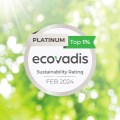
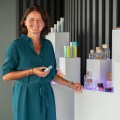

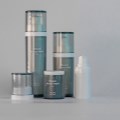
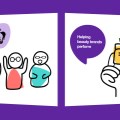
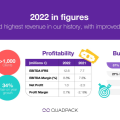
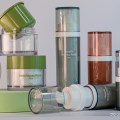
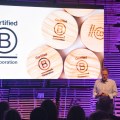

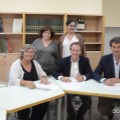
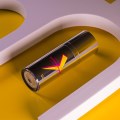




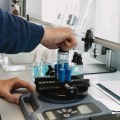



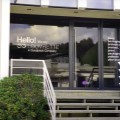
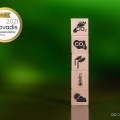


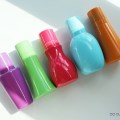
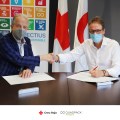
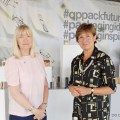
.jpg)













